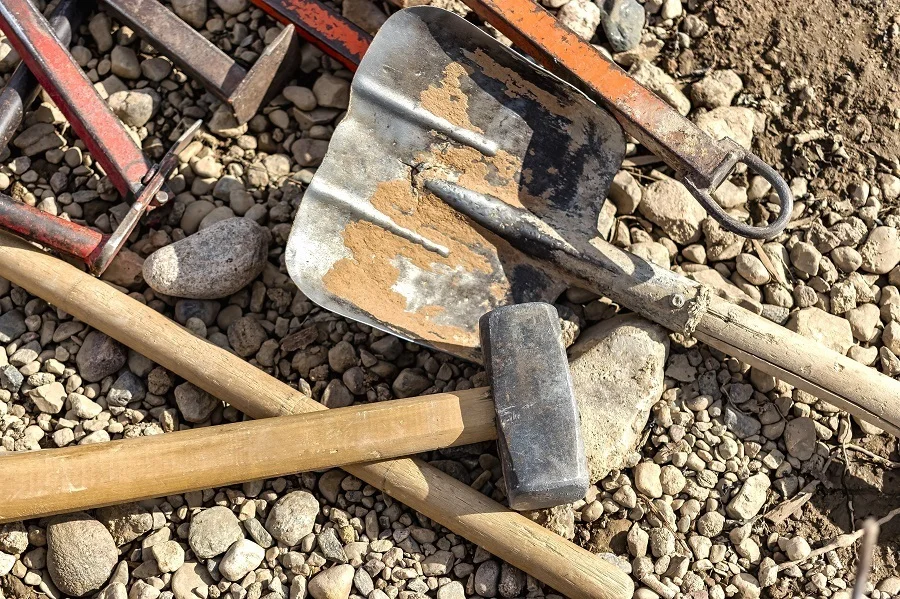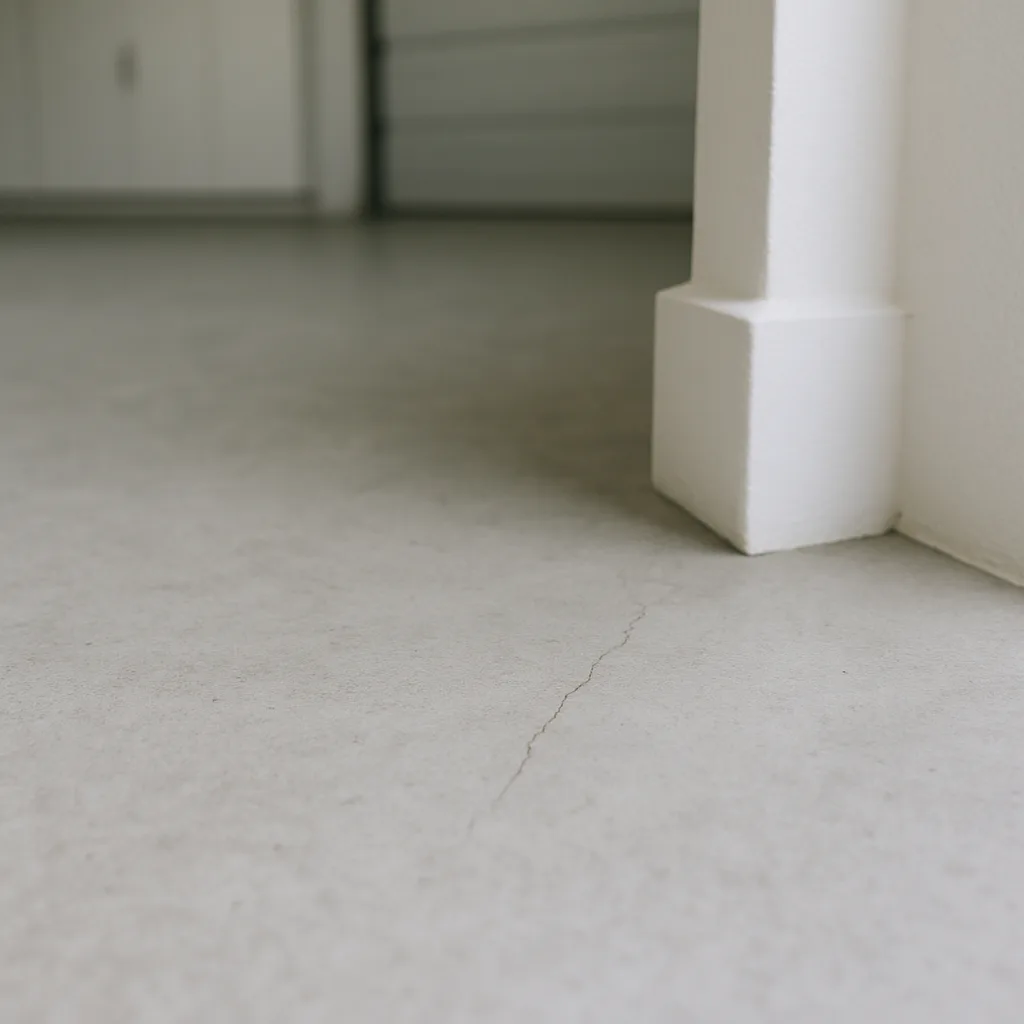Last updated on
These six tools are the essentials for a demolition project. And here are a few tips on how to use them.
Demolition projects are common, especially in highly populated locations where it is frequently necessary to remove outdated structures and infrastructure to make way for new ones.
This is crucial to modernizing our towns and communities and ensuring they can provide the living standards we require in the modern day.
But demolishing a structure entails much more than just tearing it down. It’s a specialized job that calls for a variety of tools and expertise.
Here, we look at some of the crucial equipment needed to complete demolition projects properly and breathe new life into our towns and cities.
What's Inside
Sledgehammer

Sledgehammers work well for less-thick concrete slabs. You can complete the task without a power tool by using a sledgehammer and some elbow grease.
Working with concrete that is larger than four inches makes the task more challenging to control. It can be beneficial to practice with a sledgehammer before purchasing a power tool.
On smaller projects, manual demolition enables you to make use of what you already have, saving you money on potentially unnecessary purchases of powerful equipment.
Lifting the sledgehammer and letting it fall is the strategy. While one hand is holding the end of the handle, use the other one to grab the region closest to the head. As the sledgehammer descends, slide your hand to the end as you’ve raised it as high as you can. Let the hammer handle the job. Work your way toward the center after beginning by hammering the outer corner of the concrete slab, sidewalk, or stairway.
You should first remove the material—often sand—from beneath the concrete to make the operation simpler. Making room will make it easier to break the concrete because the base material won’t be in the way.
With a pickaxe, pry out the fractured pieces as you go. Sledgehammers are perfect for more manageable, smaller-scale demo activities that you can definitely complete by yourself.
Excavators
These construction machinery are the most frequently utilized for demolition jobs. Excavators are typically reliable, strong, and incredibly productive pieces of equipment.
A boom, dipper or stick, bucket, and cab are the main components of an excavator. The house is a spinning platform. This residence is perched atop a set of wheels or tracks.
Bulldozers, loaders, and excavators are frequently used together in construction. Excavators are easily used for everything from multi-story skyscraper destruction to modest building demolition.
They are suitable for use with a variety of building materials, including steel, concrete, and mixed materials. In general, smaller buildings are demolished using hydraulic excavators, whereas larger buildings are demolished using long-reach excavators.
The best thing is that, with the help of various attachments like grapples, pulverizers, claws, hammers, shears, buckets, thumbs, etc., both hydraulic and long-reach excavators can carry out a variety of jobs.
Long-reach excavators, such as the HAWK Excavator, which include a long arm attachment and a boom section, are typically employed for difficult demolition projects when it is necessary to break through resistant walls and sturdy structures.
The operator of this excavator may work safely away from the demolition site while finishing the task quickly thanks to the machine’s lengthy arms.
Backhoe Loaders
Backhoe loaders have a body that is similar to a typical tractor but also has a front-facing loader bucket and a rear-articulating arm.
The tractor bodies of a well-made backhoe loader have treaded rubber tires that can ride over divots, dirt, and grass, allowing operators to handle rugged terrain. Users get two resources from backhoe loaders in one.
The accompanying loader bucket is great for moving garbage and wood scraps away from the job site, and the jointed backhoe arm can be used to dig through the ground and move loose materials.
Safety Equipment
Personal protection equipment, commonly referred to as safety equipment, is created expressly to help shield workers from health or safety dangers on the job site.
By donning the proper safety gear, workers can reduce the number of avoidable accidents that happen on job sites each year. As demolition work can be dangerous, health and safety regulations are very strict in this area.
Public and employee safety should always come first for any professional demolition company, and they will go to great lengths to use the appropriate safety gear.
All site employees are required to wear safety helmets, high-visibility vests, protective eyewear, and gloves. Additionally, safety shoes with steel toe caps and midsole protection are required to be worn.
Depending on the job’s requirements, different safety equipment and procedures will be used. A thorough survey is conducted before any work is started to ascertain what safety precautions should be taken and what tools should be utilized.
Screwdrivers
The use of a sledgehammer is not required for every demolition project. When removing walls, ceilings, floors, switches, and electrical outlets, demolition workers occasionally use screwdrivers to avoid causing additional damage to the building.
You should have a variety of screwdrivers in your toolbox. These include Torx, ratchet, long flat head, standard-sized flat head, and slotted screwdrivers.
Dump Trucks
Demolition crews require a location to drop materials. Plumbing tubes, tree branches, support beams, boulders, and anything else you might find after demolishing a building can be safely stored in the bed of an articulated truck.
These trucks allow you to travel in and out of a busy site to carry scraps because their segmented structure allows them to navigate small spaces.
Dump trucks may be required for larger projects to move recyclables and loose materials. You can eliminate hours of manual labor by using the automatic controls on these heavy-duty vehicles to empty hefty cargoes.
Therefore, the machines described above are a few that can be successfully used for demolition operations based on the requirements of the demolition project.
In addition to the ones mentioned above, a few more tools, such as multi-terrain loaders and articulated vehicles, are also employed for demolition work.
Decide what you need, then pick your equipment carefully. We hope this article will be useful in choosing the best and most crucial tools you’ll need for a successful project.




